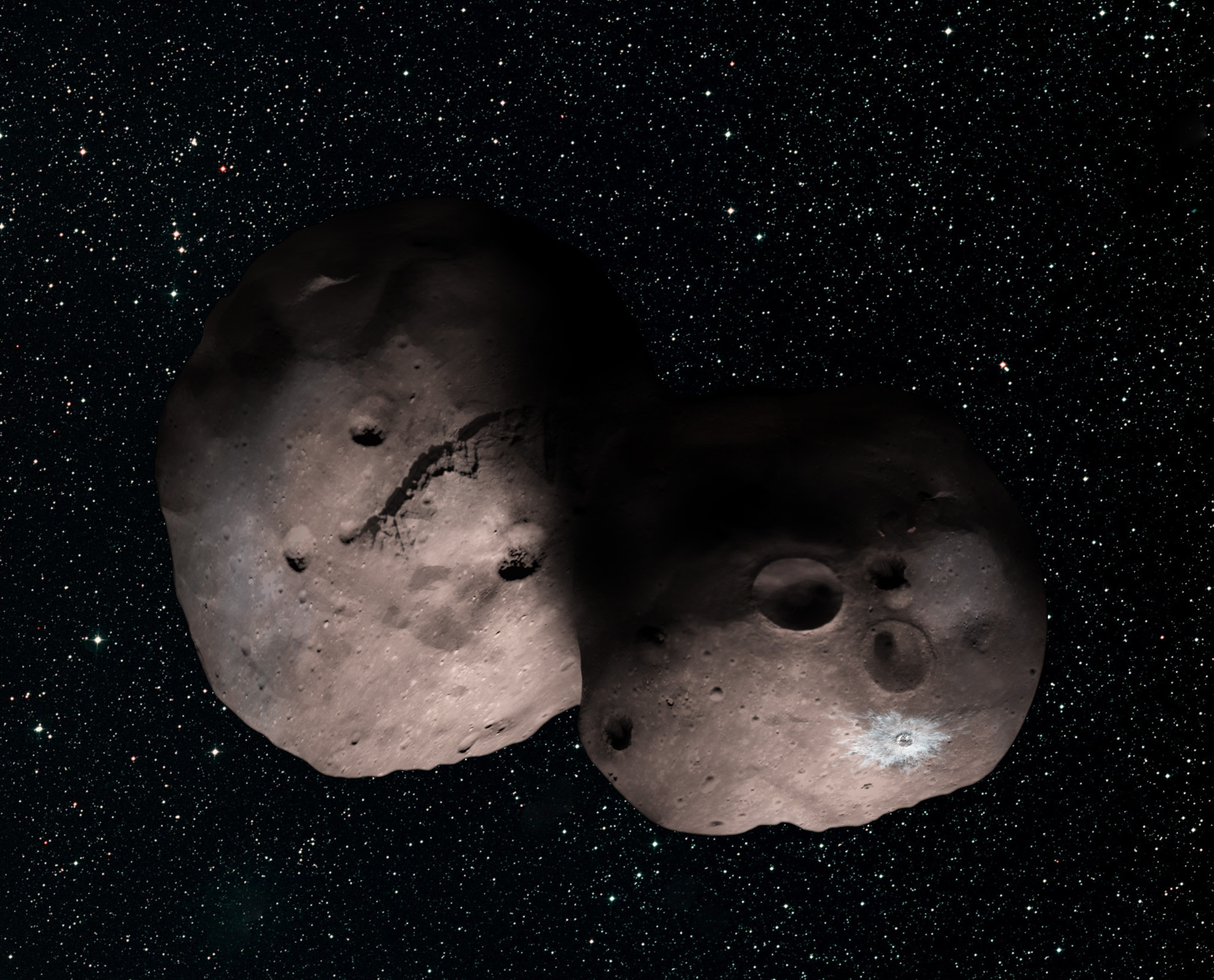
Happy New Year! As well as simply the start of a new year, today also marks another significant date – exactly one year from now, the New Horizons spacecraft will encounter its next target deep in the Kuiper Belt, much farther out than Pluto. On Jan. 1, 2019, New Horizons will fly past another Kuiper Belt Object (KBO) called 2014 MU69. This will be the most distant object to ever be visited by a spacecraft in our Solar System so far.
In July 2015, New Horizons became the first spacecraft to ever see Pluto and its moons up close, an incredible achievement which finally allowed humanity to see what these small worlds actually looked like. They were also the first objects to be visited in the Kuiper Belt, a region of many thousands of such objects in the outer Solar System past Neptune. Pluto and its largest moon, Charon, were found to be more geologically active than had been thought possible. Pluto had vast “seas” of nitrogen ice, glaciers, tall ice spikes (similar to Penitentes on Earth but much larger), mountains and probably a liquid water ocean beneath its icy surface. Pluto also had a beautifully hazy and bluish atmosphere when seen backlit by the Sun. Charon had valleys, a “mountain in a moat,” an unusual reddish polar cap and a former subsurface ocean, now frozen solid.
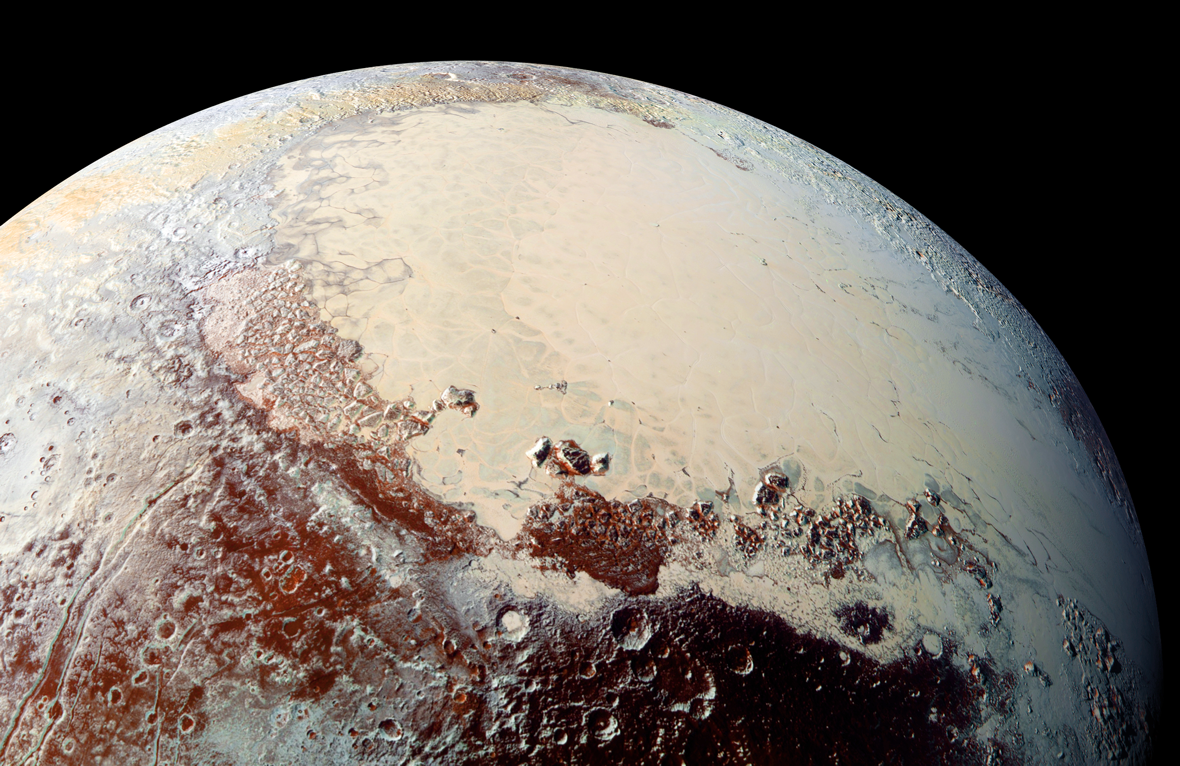
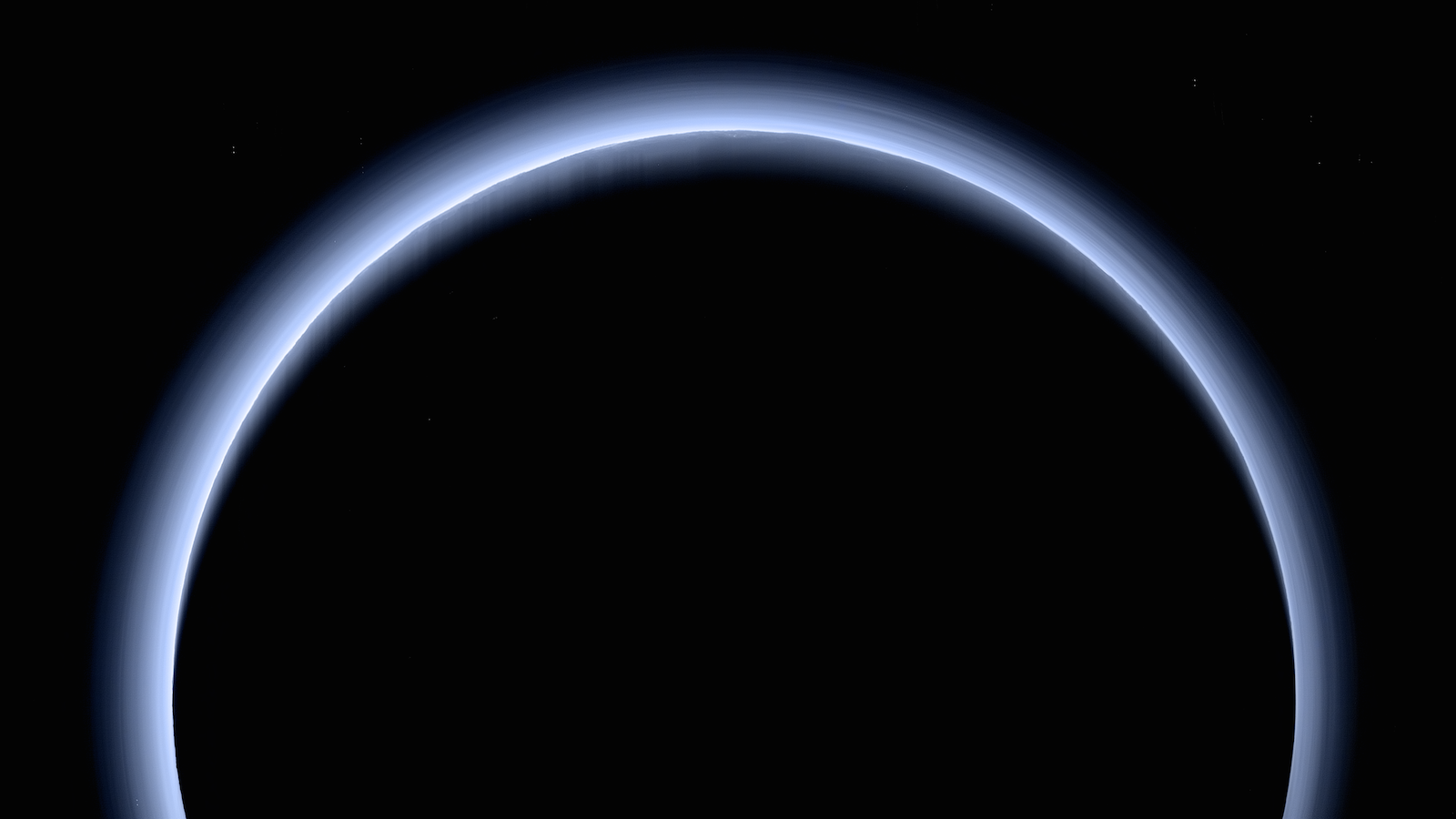
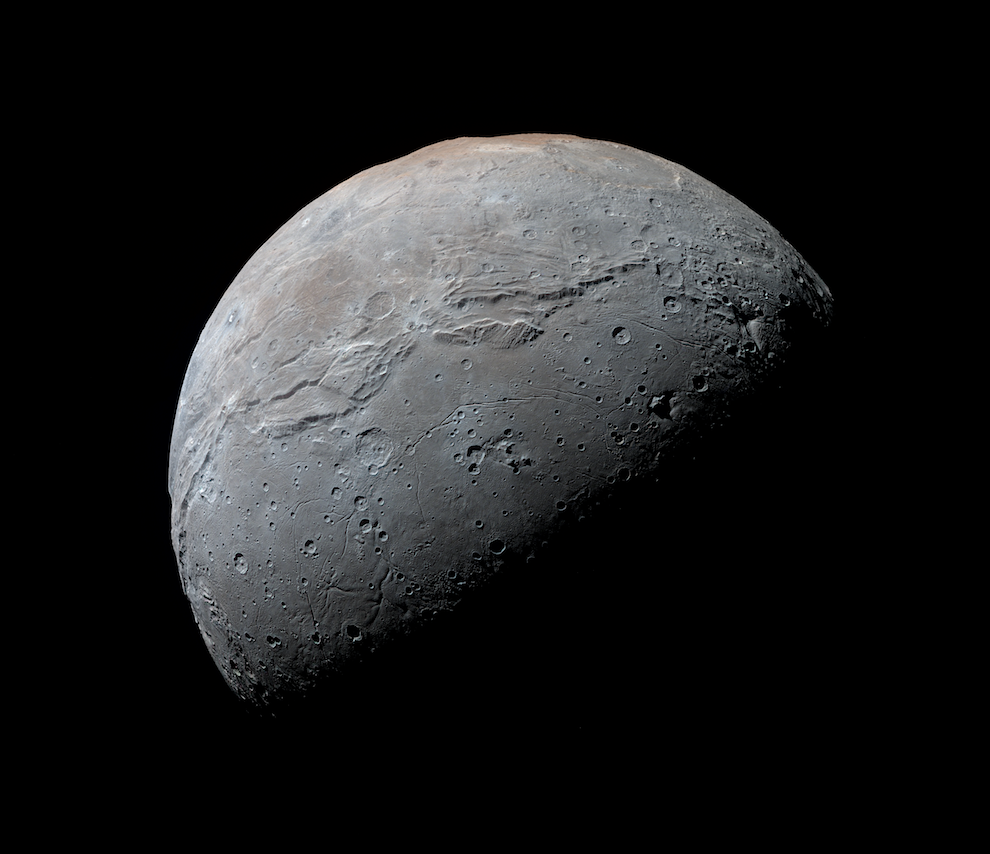
New Horizons’ visit to Pluto was only a brief flyby, but after the big event, attention was turned to the next target – a much smaller KBO called 2014 MU69, about a billion miles farther out from the Sun than Pluto (and more than 4 billion miles/6.5 billion kilometers from Earth). Little is still known about it, since it is so distant, but the most recent observations by astronomers suggest it is possibly a binary of two smaller objects close together and that it even has a moon. 2014 MU69 is tiny, only about 20 miles (32 kilometers) across. New Horizons will also fly closer to it than it did Pluto, at about 1,900 miles (3,000 kilometers) from the surface.
“We really won’t know what MU69 looks like until we fly past it, or even gain a full understanding of it until after the encounter,” said New Horizons science team member Marc Buie, of the Southwest Research Institute, Boulder, Colorado. “But even from afar, the more we examine it, the more interesting and amazing this little world becomes.”
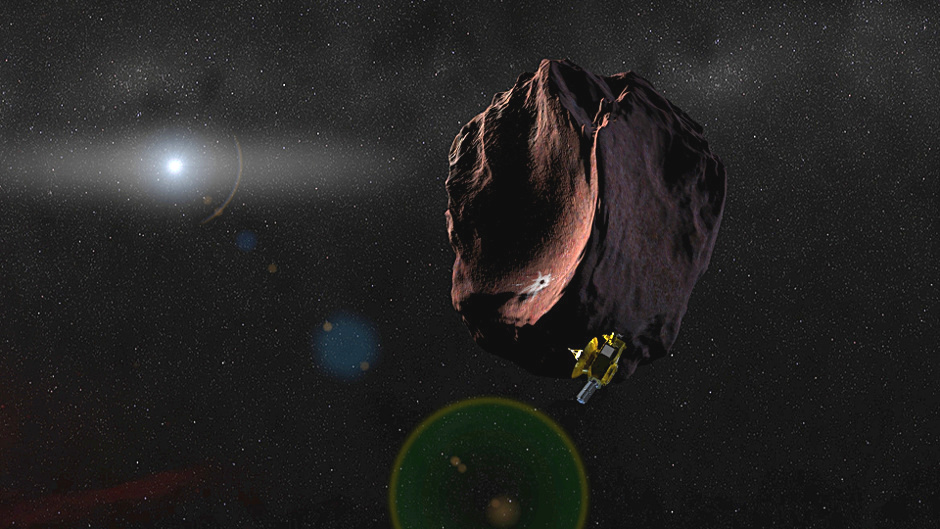
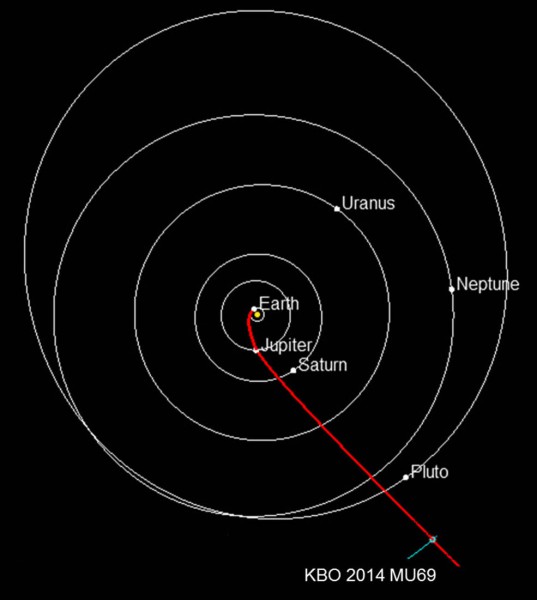
New Horizons will reach 2014 MU69 a year from now, on Jan. 1, 2019. It will be very interesting to see what it actually looks like as well, and compare it to Pluto and its moons, which will help astronomers understand how these small bodies in the outer reaches of the Solar System formed billions of years ago. Pluto and its moons already held many surprises, showing how such worlds can be quite active despite being so far from the Sun. What New Horizons will find next is anybody’s guess, but it there isn’t too much longer to wait now.
If all goes well, the mission could even be extended to 2021 and include a flyby of at least one more KBO. As noted previously by Principal Investigator Alan Stern, “The Kuiper Belt is a rich scientific frontier. Its exploration has important implications for better understanding comets, the origin of small planets, the Solar System as a whole, the solar nebula, and dusty Kuiper Belt-like disks around other stars, as well as for studying primitive material from our own Solar System’s planet formation era. The exploration of the Kuiper Belt and KBOs like MU69 by New Horizons would transform Kuiper Belt and KBO science from a purely astronomical pursuit, as it is today, to a geological and geophysical pursuit.”
T-1 year to the next flyby!
FOLLOW AmericaSpace on Facebook!
Missions » New Horizons »






Just incredible! Can’t wait for the pictures and data.
I would suspect that a candidate for the “third” KBO to be targeted, in 2021, has already been identified. The timing for the prior course correction was probably determined by that further target, already.
Could’t its name be published by now? Too small to dicuss much about, or too distant? Will the gravity of 2014 MU69 have any meaningful influence on the next targeting?